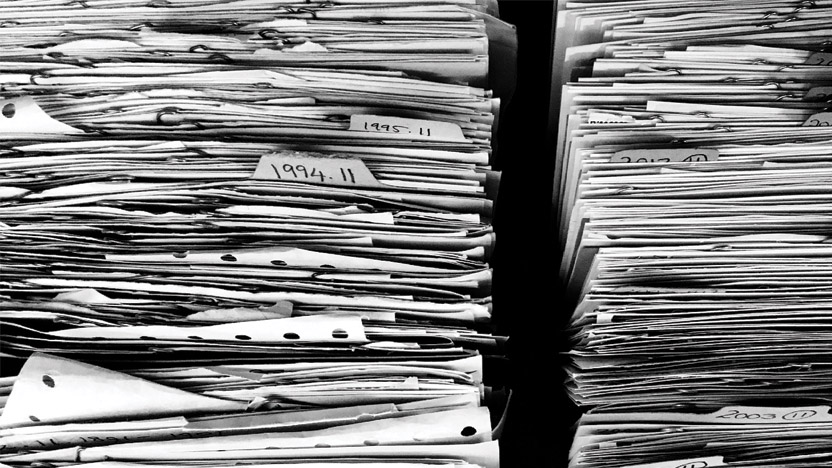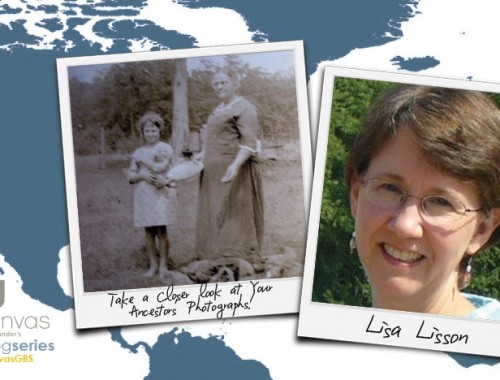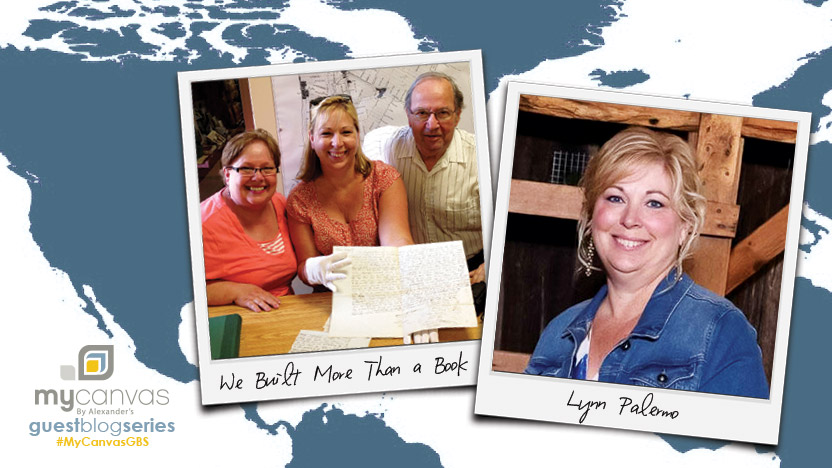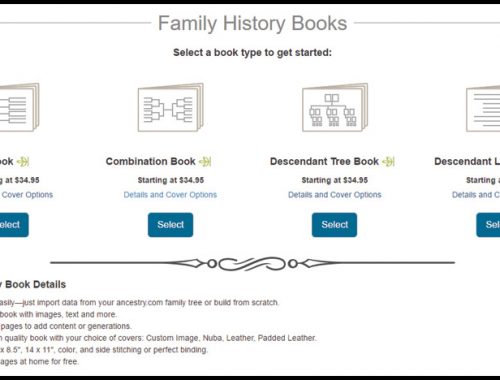Whether you’re just starting your family history, or you find yourself climbing through mountains of genealogy documents, it’s a great idea to create a system to organize your family history. Try some of the following ways:
Document Organization
Physical documents like notes, journals, and heirlooms can get wildly out of control once you really start collecting them. Consider…
Designate a space for Heirlooms: A bookshelf, desk, closet, or small room can serve as a place to proudly display heirlooms and their histories. For instructions to creating your own family museum, look here. For tips on how to record the histories of heirlooms, look here.
Organizing Notes: When researching, more likely than not you’ll find yourself jotting down notes on whatever paper is closest. But those scraps and scattered emails can be difficult to organize. Instead, keep different types of notes organized in the following ways:
- Hardcopy Notes: When possible, store your notes and citations in one notebook. If you’d like more flexibility to reorganize your notes, keep a folder of loose-leaf papers. Record the information on the same size of paper, so that smaller scraps won’t got lost or mistaken as trash. Neatly organize these notes in folders or filing cabinets. American Ancestors suggest organizing your documents with one of these systems. Organization Tip: Take the time to write legibly! Otherwise, you or other family members may struggle to decipher notes or transcribe incorrect information!
- Digital Notes: There are so many ways to organize electronic documents. See recommended methods here. What matters is choosing a method and then sticking with it.
Supply Kit: Do you constantly find yourself running out of folders, pens, or other organization materials? Provide yourself with a supply kit that ensures you stay well stocked and can find the material you need exactly when you need it. You may even want to include your family history cemetery kit.
Organization Tip: Color Coding documents and heirlooms can make it easy to see at a glance which family member’s history you are looking at.
Photograph Organization
Do you have mounds of old photographs dumped haphazardly in boxes? How about we get those organized into photo albums? Photo albums are a great way to store old photos. Not only are albums easier to review, but they’ll keep your history in order. You may also want to consider dedicating an album to each member of the family to showcase their personal histories.
Remember, as you go along, scan as many photos as you can into the computer. Digital photographs have many benefits, including:
- Preservation: Physical photographs can age, loose color, or be destroyed by fire or water damage. Having a digital copy ensures your memories will not be lost. Even with digital copies, you’ll want to do your best to keep photographs safe. Click here for tips on protecting old photos.
- Sharing: Digital photos can easily be shared with family members. When uploaded to online family trees, they can be shared with distant relatives you may not know personally.
As you organize your photos, both physical and digital, remember to include information such as who is in the photograph (use full names where possible), where the photograph was taken, who took the photo, and the date the photo was taken. If you’re writing on the backs of photographs, make sure to use archival quality markers that won’t bleed through the images, or fade or smudge over time. Click here for more photo organization tips.
Organization Tip: MyCanvas.com has free online templates where you can upload family photos and record their histories. You can share print and electronic copies with family via the Share feature. See an overview of available templates here.
Keep Notes for Yourself
Whether you’re going on vacation, or just taking a break for the evening, make a note of what you’ve recently discovered and what you hope to discover next. This will help you recall where you were and what your plans are, making it easier to start and stop your genealogy research.
How do you keep your family history organized?




